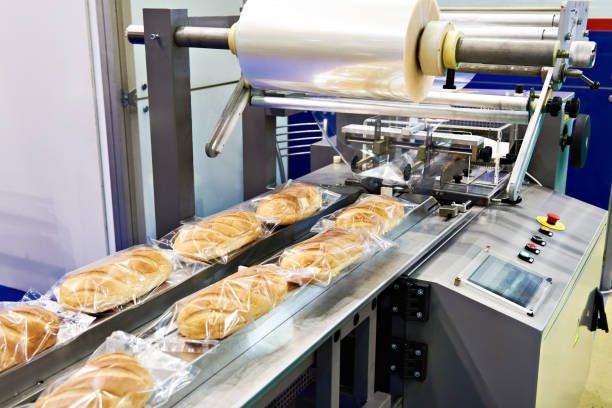Conveyor belt strength and rating
The strength of a conveyor belt refers to its ability to withstand the forces and loads encountered during operation without experiencing excessive stretching, tearing, or damage.
The strength of a conveyor belt is usually specified by its tensile strength, which is measured in terms of pounds per inch of width (PIW) or Newtons per millimeter of width (N/mm). Tensile strength indicates the maximum tension the belt can withstand without breaking or being permanently deformed.
These ratings consider factors such as the type of material being conveyed, the operating conditions (e.g., temperature, humidity), the speed and load capacity of the conveyor system, and any specific industry standards or regulations.
conveyor belt ratings include
Ply Rating:
This rating indicates the number of fabric layers (plies) in the belt carcass. Higher ply ratings generally indicate increased strength and durability.
Working Tension Rating
Also known as the Working Load or Working Strength, this rating specifies the maximum tension that the belt can handle during normal operation without excessive elongation or damage.
Maximum Operating Tension
The maximum tension the belt can withstand during occasional overloads or abnormal conditions without failure.
Safety Factor
The safety factor is a ratio that indicates the level of safety margin built into the belt’s design. For example, a safety factor of 10:1 means the belt’s breaking strength is ten times higher than the maximum working tension.
Rubber conveyor belts are widely used in various industries for transporting materials and products. They are versatile, durable, and offer a cost-effective solution for conveying goods over short or long distances.
Mining and Quarrying
Rubber conveyor belts are used in mining and quarrying operations to transport materials such as coal, ores, minerals, and aggregates. They can handle heavy loads and are designed to withstand harsh environmental conditions
Manufacturing
Rubber conveyor belts are extensively used in manufacturing processes to transport products and materials between different stages of production.
They are commonly used in industries such as automotive, food and beverage, pharmaceuticals, packaging, and textiles, among others.
Agriculture
Rubber conveyor belts are used in agriculture for various applications such as moving crops, seeds, fertilizers, and animal feed. They are used in grain handling facilities, livestock farms, and other agricultural operations to facilitate the movement of materials.
Logistics and Warehousing
Rubber conveyor belts are widely used in logistics and warehousing operations for efficient movement of goods within warehouses, distribution centers, and shipping facilities. They help in automating material handling processes, improving productivity, and reducing labor costs.
Recycling and Waste Management
Rubber conveyor belts are used in recycling and waste management facilities to transport and sort recyclable materials, waste, and other debris.
They are designed to withstand the rugged environment of waste handling and recycling operations.
Construction and Heavy Equipment
Conveyor belts are used in construction and heavy equipment industries for transporting materials such as sand, gravel, concrete, and asphalt. They are essential for efficient material handling in construction sites and road building projects.
Airport and Transportation
Rubber conveyor belts are used in airports and transportation hubs for baggage handling, cargo handling, and passenger boarding. They are crucial for the smooth operation of airports and transportation facilities, ensuring that luggage and cargo are transported efficiently and safely.
Retail and E-commerce
Rubber conveyor belts are used in retail and e-commerce industries for automated sorting, packaging, and shipping of products in distribution centers and warehouses.



Leave a Reply